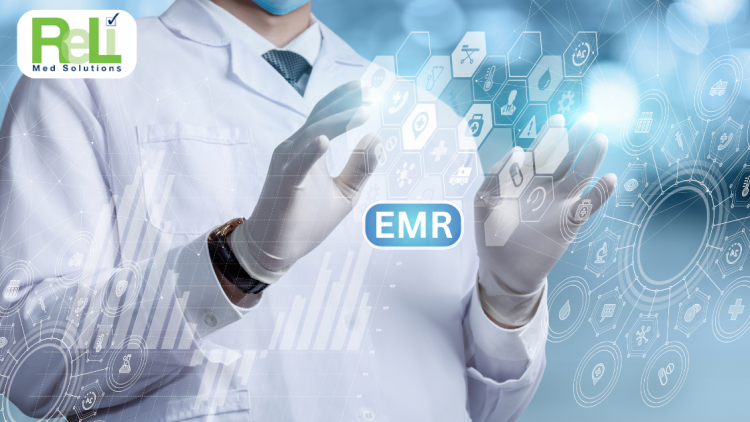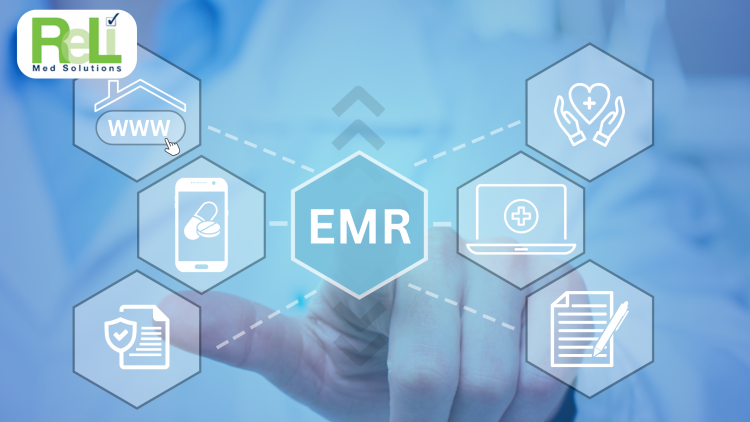How EMR Software With Telemedicine Improves Patient Care By Streamlining Demographics, History, and Real-time Access?
In the rapidly evolving healthcare industry, EMR and EMR software with telemedicine are revolutionizing how patient care is managed. These new tools help organize medical records better and allow for remote communication, diagnosis, and treatment in real time. By combining EMR and telemedicine, healthcare becomes more efficient and easier to access.
How Does EMR Software Efficiently Organize Patient Demographics?
One of the most essential features of EMR is how it efficiently organizes Medical Records including critical details such as age, gender, contact information, and medical history. EMR software with telemedicine ensures that doctors can access this data instantly, making the entire care process seamless. By utilizing Electronic Medical Records, healthcare providers ensure that Revenue Cycle Management runs smoothly as accurate billing information is directly linked to patient demographics, supporting FHIR guidelines for interoperability.
With EMR, healthcare providers can update patient information effortlessly, eliminating errors found in manual records. Real-time integration of these changes is made simple by EMR software that supports telemedicine. This improves Revenue Cycle Management because it reduces discrepancies in billing and allows for faster claims processing, while ensuring FHIR compliance for data exchange.
The Role of Telemedicine in Bridging the Gap for Remote Patients
EMR software with telemedicine has changed healthcare, especially for people living far away. When telemedicine is combined with Electronic Medical Records (EMR), doctors can see updated patient histories during online consultations. EMR keeps medical records in a way that’s easy to access, so doctors can make quick, informed decisions.
People in remote areas can now get healthcare without traveling because EMR software with telemedicine lets doctors see their medical records in real-time. This setup also helps with billing because it links consultation fees and prescriptions directly to the EMR system. FHIR standards make sure all this information is shared securely between systems.
Real-time Access to Information: How Does It Improve Communication Between Doctors and Patients?
In healthcare, EMR and Electronic Medical Records are critical for effective communication between doctors and patients. EMR software with telemedicine enables real-time access to Medical Records, so healthcare providers can retrieve and review patient data instantly. This real-time access significantly enhances the communication process during consultations.
EMR ensures that all updates to a patient’s Medical Records are reflected in real-time, making consultations more productive. Because doctors can instantly access lab results and treatment history through EMR software with telemedicine, patients receive timely care and support. This also benefits Revenue Cycle Management by reducing delays in billing, as all treatment details are documented in the Electronic Medical Records system, which supports FHIR-compliant data sharing across healthcare networks.
ReLi Med Solutions Is the Best Choice for Streamlining Patient Care
When it comes to streamlining patient care with EMR software with telemedicine, ReLi Med Solutions stands out. They offer Electronic Medical Records systems that efficiently integrate telemedicine capabilities. EMR plays a significant role in improving Medical Records management, ensuring that healthcare providers have real-time access to critical information.
ReLi Med Solutions focuses on optimizing Revenue Cycle Management because their systems integrate EMR and telemedicine seamlessly. This ensures that all patient interactions are recorded accurately, making billing more efficient. Their solution is fully compliant with FHIR standards, ensuring secure data exchange between healthcare providers.
Choose ReLi Med Solutions for Enhanced Patient Care
The mix of EMR software, telemedicine, and Electronic Medical Records is changing healthcare for the better. It makes handling medical records, patient history, and real-time information much easier. This combination helps doctors and patients communicate better, making healthcare more accessible, especially in remote areas.
With ReLi Med Solutions, healthcare providers can use EMR and telemedicine to offer top-notch care to their patients. Plus, ReLi Med Solutions simplifies Revenue Cycle Management and follows FHIR standards, ensuring that patient care is both efficient and secure.










